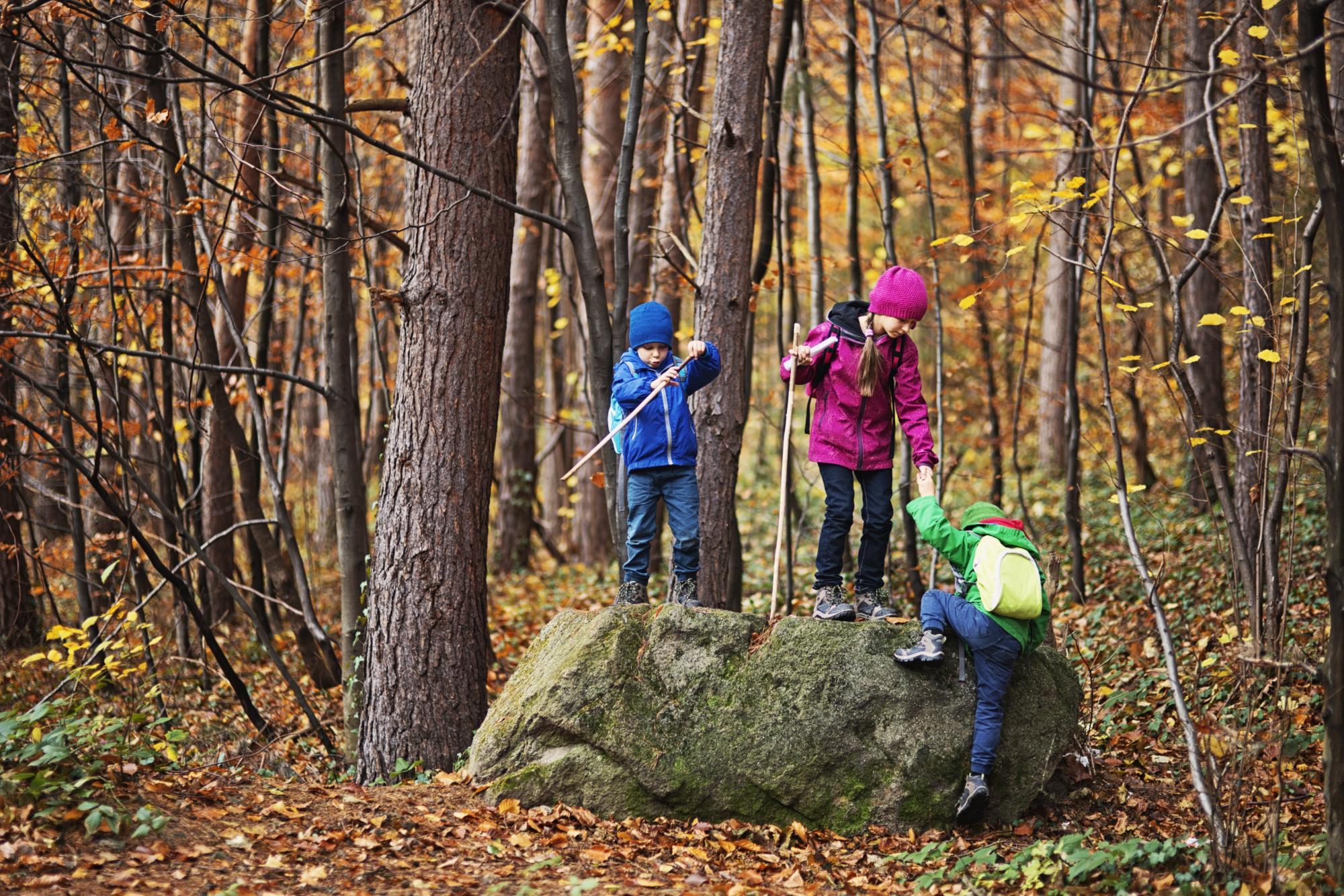
Powerful Ways to Teach Kids About Climate Change
How can you teach kids about climate change in a way that inspires but does not scare them? Here you will find out how as well as small steps you can take as a family to help the environment.
One of my main parenting goals is to raise children who want to make the world a better place. In order to cultivate this line of thinking in them, I use the time we're driving to prompt their thinking.
As I merge onto the highway, I ask questions like:
"What is a way our family can help people who don't have enough to eat or enough money to buy gifts?"
This has prompted them to pack granola bars in their pockets for when we encounter homeless people, donate toys, and this weekend they made forty sandwiches with my dad for him to hand out at a camp.
When I have asked, "How can we make the earth a better place?" They have suggested sponsoring animals through a charity recommended by their school, planting trees, and picking up garbage.
Recently, I realized I had not yet addressed the issue of climate change with my kids.
We were at a family dinner talking about the impact modern farming has on the world when my daughter perked up. Her big eyes sparkled with curiosity, "What's climate change?" I hesitated a bit. While I absolutely want to teach my children about the impact climate change is happening and why it's serious, I'm also cognizant of the fact that my children are sensitive.Why we should teach kids about climate change.
There is an overwhelming amount of evidence to support the existence of climate change. Though the earth has gone through cycles of both warming and cooling, we have changed the course of nature. Approximately 200 years ago the Industrial Revolution began. And with that our impact on the world changed - we began burning fossil fuels and engaging in mass deforestation. Because carbon dioxide is excellent at insulating the world, the surplus is creating a blanket-like effect in our atmosphere warming the earth. There is a compelling chart you can see on NASA's website here. 48% of millennials surveyed by the World Economic Forum's Global Shapers Survey feel this is the most pressing issue facing the world beating out war, income inequality, poverty and food and water scarcity. Though the situation is urgent, we absolutely do not want to strike fear in children who already are prone to fears about the dark, nightmares, and monsters under the bed. Instead, we need to find a balance where we teach children about climate change in a way that motivates and empowers them.How to teach kids about climate change.
Explain how CO2 works.
There are many diagrams and YouTube videos depicting photosynthesis as well as why there is too much CO2 in our atmosphere.Teach about recycling, composting and what should go in the landfill.
Last year, when I noticed plastic in our garbage can, I made this hands-on learning game to help my kids appreciate what should be composted, recycled or thrown away. My daughter still uses the cardboard cutouts for her dolls. My kids loved it and it helped solidify their understanding of how to sort our household waste.Brainstorm ways to decrease your family's carbon footprint and execute.
- Say no to unnecessary plastic. Purchase metal straws and bring them out with you. Use reusable drink containers and bags. Say no to extra toys.
- Shop consignment or thrift stores. The average consumer throws out 70 lbs of clothing and shoes annually. Not only that but the fashion and textile industry are the second biggest source of pollution (next to oil and gas). The added benefit is that it's better on your family's budget!
- Choose local when you can. Shop farmers' markets. Or seek out local, many grocery services and stores showcase local items to make purchasing easier.
- Grow your own fruits and vegetables if you can. Not only does this decrease the fossil fuels needed to transport goods to and from grocery stores, but it also promotes an appreciation of nature in children. Research shows that this generation is spending the least amount of time outside than others before it. The more time we spend in nature, the more connected we feel and therefore the more motivated we will be to work in our earth's best interest.
- Donate to a charity that plants trees. EarthDay.org and CardbonFund.org are both good options.







